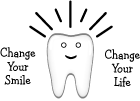Sleep Apnea Treatment
Sleep apnea is a serious disorder that requires treatment. The team at SmilesRForever will work with the patient to select a treatment plan that is right for that individual. Treatments including CPAP Therapy, Oral Appliance Therapy, or surgery, or a combination of therapies could return you to a restful, healthy sleep.
How is OSA Diagnosed?
Obstructive sleep apnea must be diagnosed by a doctor, so you should ask your primary care doctor for a sleep evaluation. Your primary care doctor may provide a diagnosis or may refer you to a doctor who specializes in treating sleep problems. To find out if you have OSA, your doctor or the sleep specialist will complete a sleep evaluation. This may involve either an overnight sleep test at a sleep center or a home sleep apnea test (HSAT). A sleep specialist will interpret the data from your sleep test. The information from the evaluation and the sleep test results will be used to determine if you have OSA.
CPAP Therapy
Continuous Positive Airway Pressure (CPAP) often is prescribed for the treatment of Sleep Apnea. Certainly, it is recommended as the first treatment option for patients who are severely apneic. When worn and maintained properly, CPAP can be successful in treating OSA. However, 50 to 80 percent of CPAP patients have difficulty with this type of therapy, or stop using CPAP altogether due to:
- lack of fit and comfort, mask leaks
- hindered or limited movement during sleep
- claustrophobia
- the noise of the machine bothers the user or the bed partner
- inconvenience (as it does not travel well and can hinder getting through security checks)
- nasal congestion and other problems (sneezing, nose bleeds, or aggravation of sinuses)
- skin irritation caused by the straps and tubing
- eye irritation and drying
- dry mouth
- bloating due to high air pressure
- TMJ irritation
- socially intrusiveness
- CPAP mask
Many CPAP-recommended patients abandon CPAP due to its cumbersomeness and obtrusiveness. CPAP effects bedroom image or concern over how their bed partner sees them.
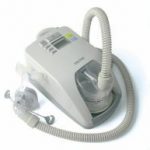
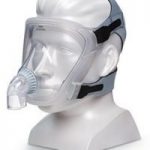


CPAP Alternatives
CPAP Alternatives
Dorsal
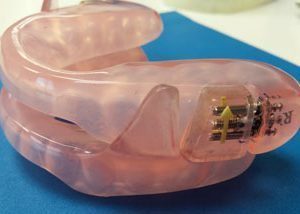
TAP
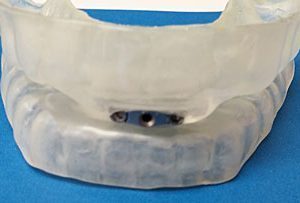
Narval
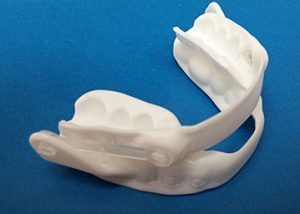
Herbst
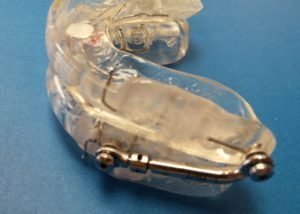
EMA
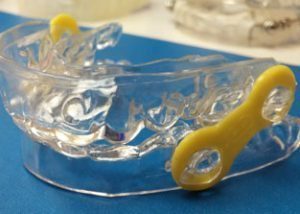
Clear Dream
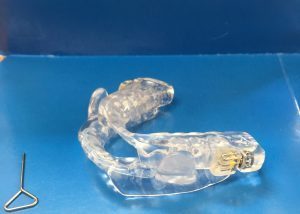
TAP
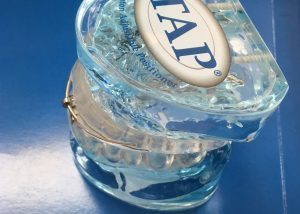
TAP
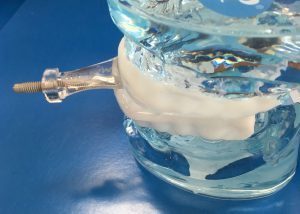
Panthera Dental D-SAD
The Panthera D-SAD is a dental appliance that can be used for the treatment of snoring and/or obstructive sleep apnea. The appliance is made of type 12 polyamide, a resistant biocompatible nylon. The Panthera D-SAD is recommended to be prescribed for the treatment of snoring, mild to moderate sleep apnea, and severe sleep apnea for patients who do not tolerate the CPAP treatment or comply with it. The Panthera D-SAD is the smallest device in the industry and it is the only one that is entirely printed using CAD/CAM technology.
Oral Appliance Therapy (OAT)
Oral Appliance Therapy (OAT) involves this selection, fitting, and use of a specially designed oral appliance that maintains an open, unobstructed airway in the throat when worn during sleep. Custom-made oral appliances are proven to be more effective than over-the-counter devices, which are not recommended as a screening tool nor as a therapeutic option.
The initial evaluation phase of OAT can take several weeks or months to complete. This phase includes examination, evaluation to determine the most appropriate oral appliance, fitting, the maximizing adaptation of the appliance, and the function. On-going care, including short and long-term follow-up, is an essential step in the treatment of snoring and OSA with oral appliance therapy. Follow-up care serves to assess the treatment of your sleep disorder, the condition of your appliance, your physical response to your appliance, and to ensure that it is comfortable and effective.
Advantages of OAT
Oral appliance therapy is an effective, non-invasive treatment that fits easily into your lifestyle. Patients like oral appliance therapy because it is:
- Easy to wear
- Quiet
- Portable
- Convenient
- Comfortable
- Easy to care for
How Oral Appliances Work
Oral appliances can do the following:
- Reposition the lower jaw, tongue, soft palate, and uvula
- Stabilize the lower jaw and tongue
- Increase the muscle tone of the tongue
For additional information on Oral Appliances, visit www.adsm.org/oralappliances.aspx. At SmilesRForever, we have several appliances from which to choose. Additional information on our oral appliances is provided with the pictures at right.
Oral appliance therapy can be a better choice than CPAP therapy
Oral appliances are like retainers or a mouth guard. These appliances are worn at night and prevent the tongue from falling back into the throat and occluding the airway. The appliances help keep the airway open – promoting better breathing and normal sleep for snorers or sleep apnea sufferers.
- Oral appliances have no tubes; they do not make noise; and have no mask covering your face, unlike CPAP.
- Oral appliances have a higher success rate in mild to moderate Obstructive Sleep Apnea (OSA) treatment; studies have shown a 95 percent success rate. (1,2)
- Oral appliances effectively treat severe apnea when CPAP fails or as an alternative to CPAP to improve comfort.
- Oral appliances can even be used in conjunction with CPAP to help make CPAPs easier to tolerate; sleep apnea sufferers need to consult with their dentist and a certified, medical sleep physician.
- Oral appliances are easier to take through security at airports, so traveling is easier; they also require no electrical source when camping, traveling or even during power outages.
Please note: A diagnosis of Sleep Apnea can only be made by a certified, medical sleep physician after a qualified sleep test is conducted. A dentist can play a major role in treatment based on the diagnosis and sleep physician prescription for an oral appliance.
1 Pancer J, Al-Faifi S. Al-Faifi M. Hoffstein V. Evaluation of Variable Mandibular Advancement Appliance for Treatment of Snoring and Sleep Apnea. Chest 199; 116(6): 1511-18.
2 Skinner MA. Robertson CJ, Kingshott RN, Jones DR. The efficacy of a mandibular advancement splint in relation to cephalometric variables. Sleep Breath 2002; 6(3): 115-24.
Treatment of snoring and sleep apnea with an oral appliance is not covered by dental insurance, but rather by medical insurance. Medical insurance coverage for oral appliance therapy requires a prescription from a medical physician that oral appliance therapy is appropriate and medically necessary. The dental office you select for treatment should be able to discuss all insurance options with you and assist you in receiving benefits, but no one can “guarantee” coverage either by private insurance companies or Medicare.
In the Practice Parameters Report published in Sleep, Vol. 29, Nov. 2, 2006, the American Academy of Sleep Medicine makes the following recommendation: “Oral appliances (OAs) are indicated for use in patients with mild to moderate OSA who prefer them to continuous positive airway pressure (CPAP) therapy, or who do not respond to, are not appropriate candidates for, or who fail treatment attempts with CPAP. Until there is higher quality evidence to suggest efficacy, CPAP is indicated whenever possible for patients with severe OSA before considering OAs. Oral appliances should be fitted by qualified dental personnel who are trained and experienced in the over-all care of oral health, the temporomandibular joint (TMJ), dental occlusion and associated oral structures.”
Surgery
Surgery to treat Obstructive Sleep Apnea is normally considered when CPAP, oral appliances, weight loss or another behavioral modification has failed. The most common types of surgery include:
- Tonsillectomy & Adenoidectomy – sometimes the primary treatment for children.
- Uvulopalatopharyngoplasty (UPPP) – a surgical procedure to remove soft palate and pharyngeal tissues or the uvula are removed.
- Maxillomandibular Advancement Surgery (MMA) – a surgical procedure which moves the upper jaw (maxilla) and the lower jaw (mandible) forward for more airway space.
Surgical therapy, if successful, eliminates any question of compliance. Call SmilesRForever to schedule your no-obligation consultation!
